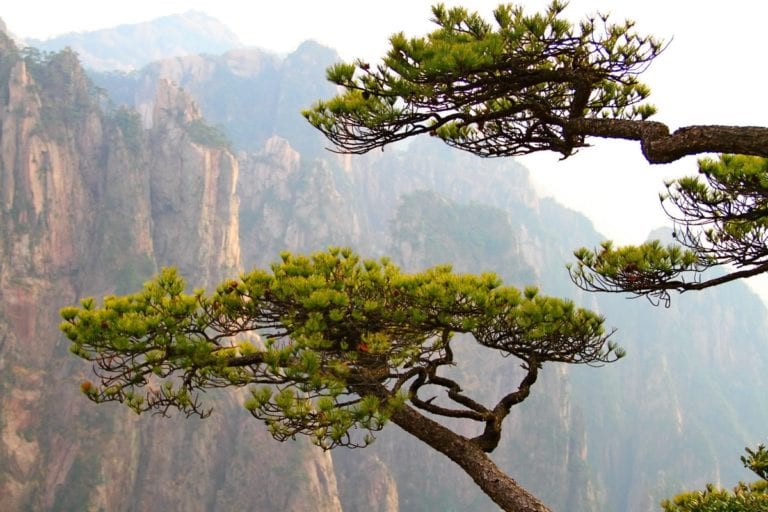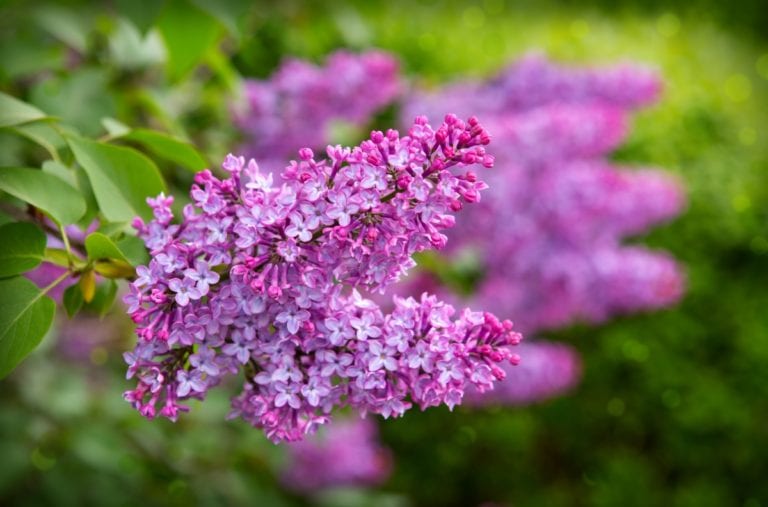699th Week: Healing Attachment Wounds
There is an excellent documentary on a Tibetan monk, Lobsang Phuntsok, who trained with the Dalai Lama, taught Buddhism and meditation in the West, and now takes in children in the Himalayan foothills of India. The name of his community translates to “the garden of love and compassion” and he and his colleagues/assistants work with kindness and gentle, but consistent, guidance as his way of offering them a safe and secure family experience. Here’s a link to the video:
http://www.dailygood.org/story/1389/the-uninvited-guest-of-this-universe-andrew-hinton/
As I watched the documentary, I found myself thinking of the work of my friend, Diane Poole Heller, and how she offers so much useful guidance around how to develop secure attachment in relationships, even as we heal our attachment wounds. Her comments about how to elicit, experience, and offer secure attachment responses in relationship to oneself and others matches what I watched in the documentary about Lobsang Phuntsok’s community for children and I encourage you to explore these two resources. Here’s a link to Diane’s program for healing attachment wounds:
https://www.soundstrue.com/store/healing-your-attachment-wounds-1.html
For this week’s experiment, I invite you to pay closer attention to how you relate to yourself and to others. One of the key aspects of creating a sense of secure attachment is to learn about the process of repair—about how to both offer and receive repair when something happens that makes you feel uncertain, angry, or otherwise disconnected from yourself or from another person. For many of us, repair was something we didn’t see in our families of origin, where there may not have been apologies, requests for forgiveness, or other approaches to bridging the gap created by the inevitable ruptures that come with relationships—those we have with ourselves and others.
Remember that in last week’s practice we looked at the inevitability of flaws and imperfections in ourselves and in the world around us. Because of this natural tendency for us to be imperfect, understanding processes of repair can make all the difference. In the documentary about Lobsang Phuntsok, that was one of the qualities that struck me. Instead of punishment, there were opportunities for the children to repair the ruptures that arose in their relationships. This was particularly important, given that the community is especially oriented to taking in children who have misbehaved and are considered “difficult”.
As you play with this practice, notice what new “psychological muscles” you find yourself building as you come up against old relational strategies you have automatically used with yourself and others. How does it feel to stop yourself and become curious about how you would respond if you met yourself or another with an intention to repair and to draw on compassion for yourself and for others? This is a powerful practice in that it asks us to soften our usual constriction around being hurt or otherwise cut off from ourselves or others. Of course, it’s also always important to be aware of those times when we are truly being mistreated by someone and need to either leave or make some other protective and proactive change in the situation.
As with all these practices, the key here is to offer an opportunity to increase your awareness about how you move through your world relationally. Be sure to bring along curiosity as your constant companion and to allow any judgments that arise to move through and move on as you explore what may be new relational ground—with yourself and with others.


